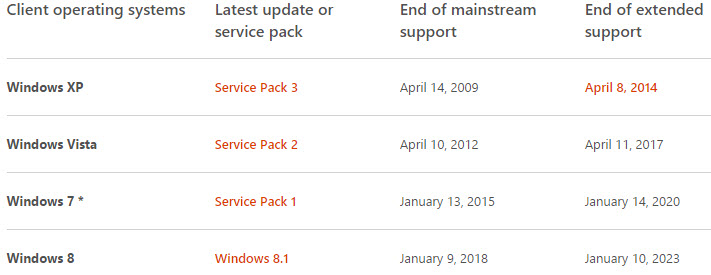Questions Microsoft needs to answer before the Windows 10 launch
Microsoft Windows 10 will be released in two week's time to Windows Insiders and users who have accepted the free upgrade promotion that Microsoft ran on Windows 7 and Windows 8 devices.
While Microsoft revealed a lot about the upcoming operating system, the company has been tight-lipped about some important aspects of it.
In addition to that, a few PR and announcement blunders along the way caused extra confusion that Microsoft has not yet addressed fully either.
This article looks at questions (inspired by this article on Forbes) that every user interested in Windows 10 should be interested in before taking the plunge to run an upgrade of an existing system, set up the operating system on a new PC, or buy a device running the new operating system.
What does Free really mean?
Microsoft announced that Windows 10 would be free under certain circumstances. The company rewrote the announcement several times and communication on other channels did add to the confusion that users have with it.
If you read comments and ask users right now, you get different answers when it comes to free. Some users believe it is free for life, others for the lifetime of the device while others expect Microsoft to introduce a subscription-based services along the way.
What we know is that Windows 10 is free for the lifetime of the device. There are two issues though with the statement that Microsoft has not addressed yet.
First, Microsoft did not define device in the context. Windows may under certain circumstances identify a device as new after hardware upgrades. It is not clear if Windows 10 can be re-activated again on an upgraded device or if customers would need to purchase a license in this case.
Major upgrades are the second issue. Are those, something like the upgrade from Windows 8 to Windows 8.1 free as well or do they require a license?
According to Computerworld, Microsoft may provide free updates to Windows 10 only for 2-4 years. The different support periods are determined by "customer type" according to Microsoft which according to Computerworld means that Home customers are on the lower end of the support scale while business (Pro) customers on the higher end.

If you read the statement carefully, you may come to another conclusion. Microsoft simply estimated the average device lifetime for devices running Home and Pro versions of Windows 10 and came up with the 2-4 years range for those.
If the conclusion is true, customers would be able to use Windows 10 on the device for the lifetime of it.
How long will Microsoft support Windows 10?

Information about how long Windows 10 will be supported with feature upgrades and security patches have not been revealed by the Redmond company.
If you take past support cycles into consideration, Window 10 mainstream support would end in 2021 and extended support in 2026.
But Microsoft mentioned already that Windows 10 would be a new chapter, that it would deliver Windows as a service, and that it would release "new features when they're ready" to systems and not via major releases like it did in the past.
Fact is, Microsoft has not revealed information about how long it will support Windows 10.
Forced Update questions
Microsoft announced previously that some Windows editions would ship with mandatory updates but failed to reveal additional information about the process.
Current Windows versions allow users to configure the operating system's update behavior. Users who don't want automatic updates can disable those to test and deploy updates manually.
There are valid reasons why users would want to block updates from being installed automatically. The past has shown for instance that updates have rendered systems unbootable or caused other issues that users and system administrators avoided by blocking them from being installed.
It seems right now that Windows 10 Home users won't have the option anymore to delay or block updates from being deployed on their devices.
Pro users on the other hand get time-limited options -- eight months it seems -- before updates can no longer be blocked.
Questions that Microsoft has not addressed include:
- What happens when updates are blocked using other ways (e.g. through hosts file or other blocking options)?
- Can Microsoft be held responsible if forced updates render systems unusable?
- Can updates be removed from systems with forced updates?
Now You: Do you have questions about Windows 10 that have not been answered yet by Microsoft?
This article was first seen on ComTek's "TekBits" Technology News

- Log in to post comments